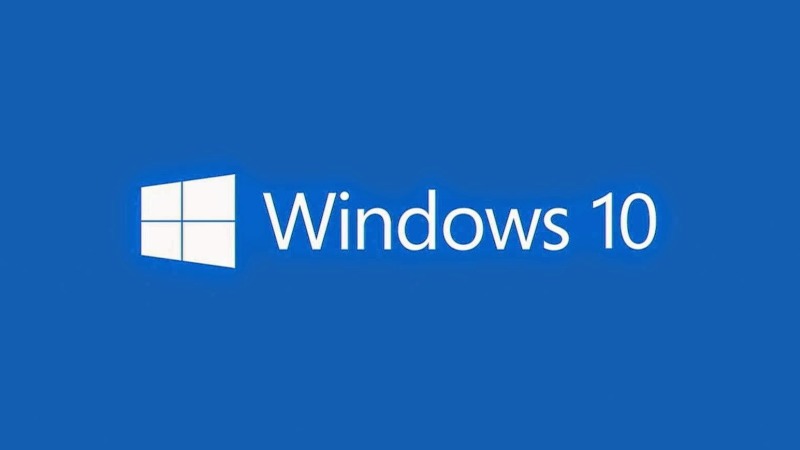
With Windows 10, Microsoft isn't trying to reinvent the wheel
This week has brought a wealth of information regarding Windows 10. Microsoft revealed the launch date, system requirements, and the pricing of the various versions of the upcoming Operating System.
Let's start with the release date. Windows 10 will launch on the 29th of July in 190 markets globally. PC and laptop users running either Windows 7 or Windows 8 will be able to upgrade to Windows 10 at no extra cost. The free upgrade offer will be valid for one year starting on July 29.
With Windows 10, Microsoft isn't trying to reinvent the wheel. Following the mantra “it's the same desktop you know and love, only better,” the company is taking what worked in their previous operating systems and improving upon it. For one, the well-know and beloved Start menu makes a return, but with a twist. The new Start menu is a blend of solutions present in Windows 7 and 8 with a classic menu on the left and Metro-style live tiles on the right. This will allow users to pin their favorite programs to the Start menu, perform a quick search, etc.
Windows 10 also introduces Cortana, a personal digital assistant, as well as Windows Hello, a feature that allows users to sign into a machine using their biometric data as an authentication method. Other improvements include DirectX 12 support and Microsoft Edge - Microsoft's newest web browser and the successor to Internet Explorer.
Next, we have the system requirements. To perform the upgrade, users will have to be running the latest version of Windows 7 (SP1) or Windows 8 (8.1). To run properly, Windows 10 will require the following specifications:
Processor: 1 gigahertz (GHz) or faster processor or SoC
RAM: 1 gigabyte (GB) for 32-bit or 2 GB for 64-bit
Hard disk space: 16 GB for 32-bit OS 20 GB for 64-bit OS
Graphics card: DirectX 9 or later with WDDM 1.0 driver
Display: 1024x600
Thankfully, the general requirements for the new OS are similar to those of Windows 7 and Windows Vista, so users with older hardware should still be able to run Windows 10.
Finally, we have the pricing. As mentioned earlier, for the first year after release, users who upgrade either from Windows 7 or 8 to Windows 10 will be able to do so for free. After the first year, Windows 10 will cost from $119 to $199 depending on the version. In a statement issued to Neowin, Microsoft outlines their pricing model. Windows 10 Home will hit retail at $119, Windows 10 Pro will have an estimated retail price of $199. Users wishing to upgrade from Windows 10 Home to Pro will be able to do so by buying the Pro Pack for $99.
Source: Microsoft / Neowin






